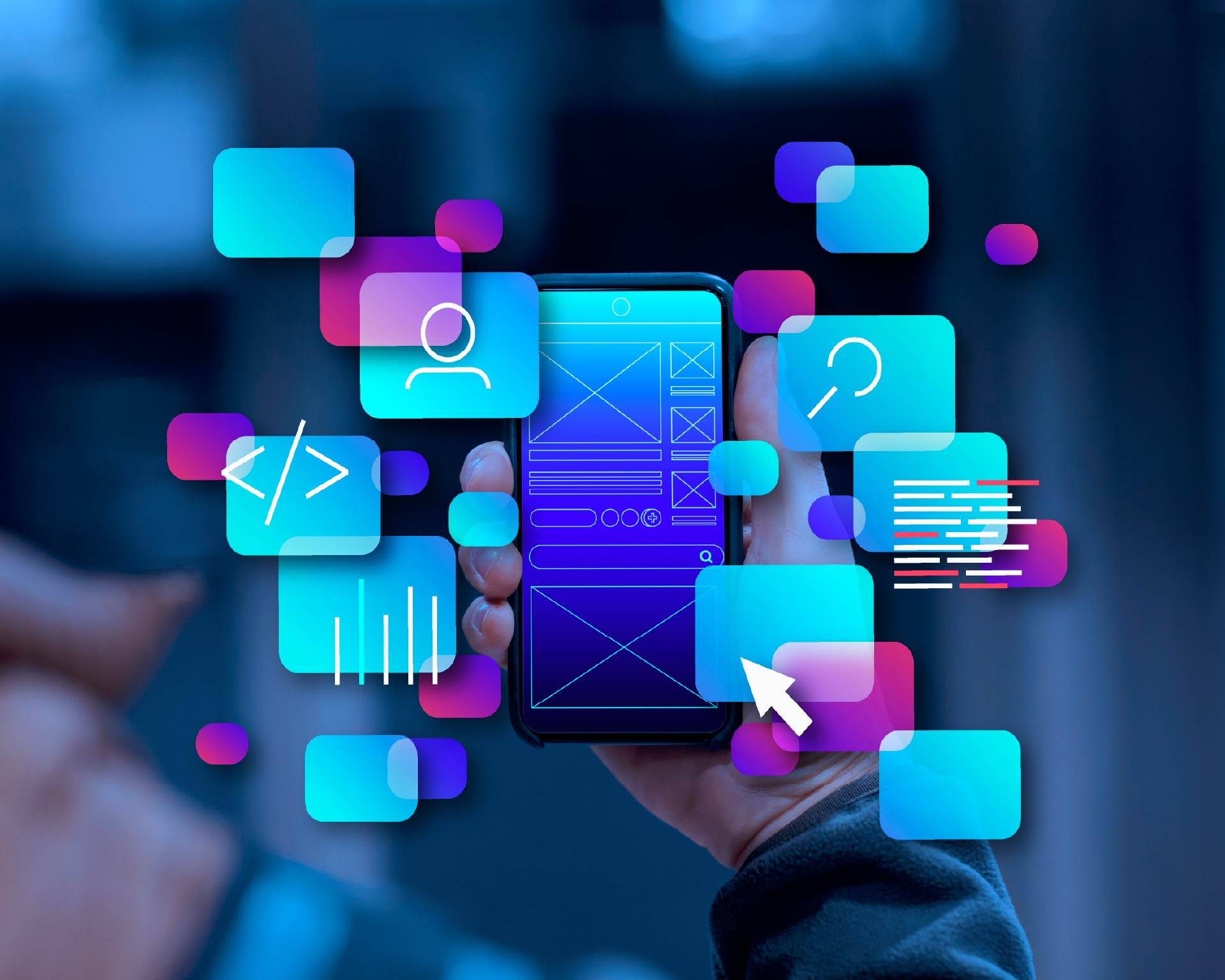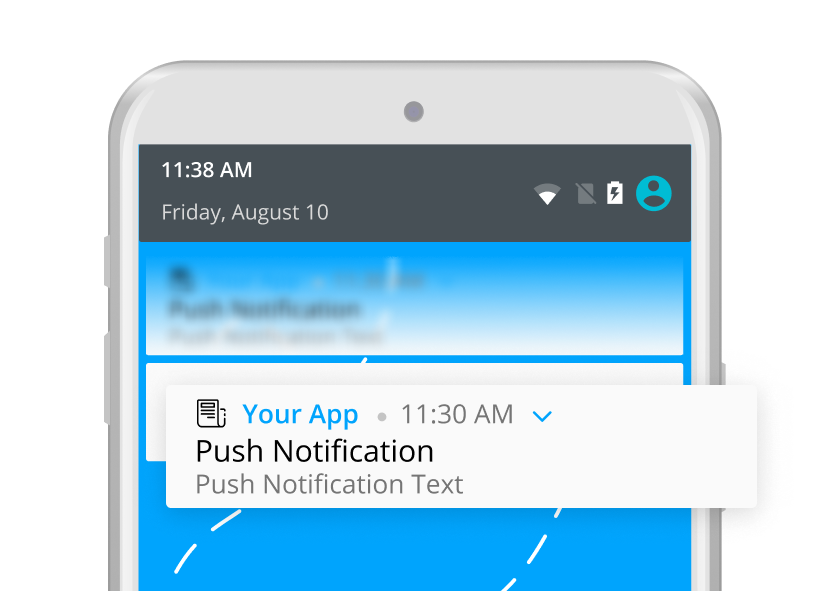Mobile Application Development
Mobile app development begins by identifying the problem your app will solve, defining your target users, and outlining core features. Once the concept is clear, designers create user-friendly interfaces using tools like Figma. Next, you choose the right tech stack—either native languages like Swift or Kotlin for top performance, or cross-platform tools like Flutter for efficiency. Backend systems manage data and users through services like Firebase or Node.js. After building and testing the app thoroughly, it's deployed to app stores. Post-launch, analytics tools help track user behavior and guide updates to improve the app over time.
Get Pesonalized Demo





